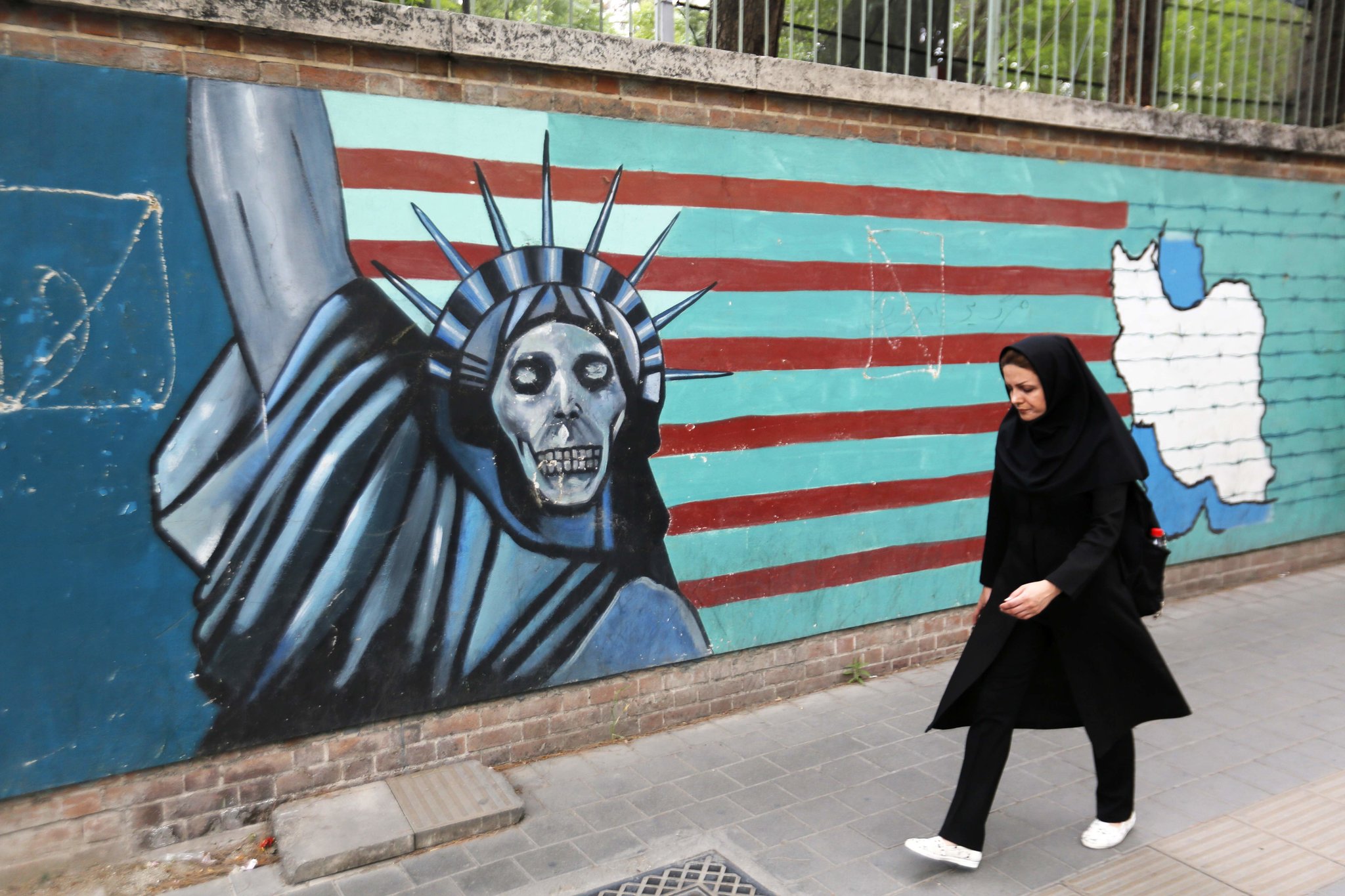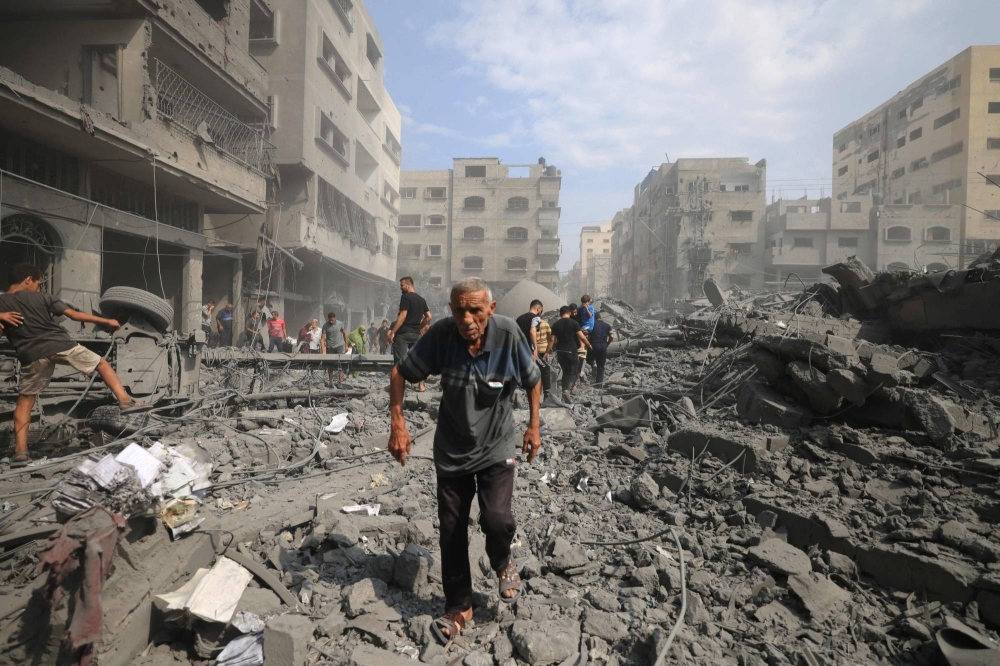The healing ozone layer is one of those very few success stories, where a collective effort of their entire world postponed a catastrophe forever. Once on the way of inhabiting the blue planet, today, the ozone hole is well on its way to recovery. But, gleaming hope to a sustainable world, what can the ozone layer recovery teach us about climate change? Can we still reverse the decades of damage to the environment and save the planet for the foreseeable calamity?
What is an Ozone Layer?
The ozone layer is a ring around the earth’s stratospheric made up of gaseous molecules, sitting 15km and 30km above the crust. It protects the blue planet’s life by blocking two dangerous variations of UV traditions, namely UV-B and UV-C.
In the mid-1970s, scientists discovered a massively thinning layer of ozone. The depletion study revealed that halogen-emitting gases, such as chlorofluorocarbons (CFCs), are directly responsible for destroying the ozone layer. Synthetic chemicals are ozone-depleting substances (ODS), which are used throughout the world for a variety of industrial and consumer purposes.
Also Read: Plastic Pollution: How Vulnerable Communities Are Adversely Affected By Plastic Wastes
Generally speaking, these substances were used in refrigeration and air conditioning units and fire extinguishers. Besides aerosol propellants and solvents, other important uses were blowing agents for insulation foams.
Global Action and Miraculous Recovery
The discovery of escalating depletion of the ozone layer over Antarctica that might completely destroy the earth’s ozone layer by 2050 was horrifying. With the ozone shield protecting the planet’s surface from harmful UV radiations, the ecosystem will collapse, skin cancer cases will shoot up the roof, and life as we know it will cease to exist.
The looming danger unprecedentedly brought the entire world together to prevent an environmental catastrophe from unfolding.
Also Read: The Ozone Layer in 2021: A tale of success
A global agreement was reached to stop ozone-depleting substances from being used by countries worldwide. A formal agreement has been reached through the Montreal Protocol on Substances that Deplete the Ozone Layer in 1987 and Vienna Convention to Protect the Ozone Layer in 1985.
As a result, the Vienna Convention and the Montreal Protocol were the first documents in the history of the United Nations to be ratified by everyone. The protocol covers substances classified as ‘controlled substances. CHF, HCFCs, tetrachlorocarbons, methyl chloroform, and methyl bromide comprise the major group of substances. The damage to the ozone layer caused by each of these substances is expressed as their ozone depletion potential (ODP).
What Caused the Massive Shift?
According to Dr. Susam Solomon, an atmospheric chemist believes that there are three Ps which, when met, addressing the environmental problems become easy:
- Personal
- Perceptible
- Practical
The personal nature of ozone depletion (skin cancer) was huge. It was perceptible with the satellite measurement, and you can see it completely vanish. So finding alternatives for CFCs was easy and sustainable.
Shifting for CFCs or ODPs was a straightforward switch. The primary reason behind this instant switch was public. Ozone holes became the talk of the town, and this public awareness pressured the leaders around the globe to act.
Also Read: Was COP26 a Success: Wrapping Up the Year’s Biggest Climate Summit
So, what does it teaches us about climate change?
Climate Change
From the clothes we wear gadgets we use to our food, almost everything around us contribute to the worsening climate problem. While many people know the severe result of beef, coal, and plastic, many major pollutants are never talked about.
Also Read: Global Garbage Crisis: How is the World Drowning in its Own Trash?
For example, landfills alone release an estimate of 940 million tonnes CO2 eq, equivalent to the carbon emission by the aviation industry. In addition, residential buildings emit more carbon (5.4 billion tonnes) than all the road travels combined (3.5 billion tons).
As seen with the CFCs, fixing one part of the industrial system is insufficient. Every single problem needs its solutions or alternatives, but many of them are not straightforward.
The Gray Area
Climate change is a vast and multi-facet problem, with many gray zones. The most significant of which is emission vs. poverty. The richer the country (region), the more they contribute to carbon emission. But, can cutting back on extravagant lifestyles solve the problem?
Also Read: Poor Countries: Dumping Sites of Rich Nations
No, because significant emission comes from middle and lower-income countries. Furthermore, growth without emissions is still hard to achieve. For example, Only eating less meat won’t solve the climate crisis, but the environmental calamity cannot be solved without reducing meat consumption. But, asking to cut down emissions is not a popular demand, especially by the countries who got rich by doing significant damage in the past.
Also Read: Climate Change Taking Toll on Low-Income Countries
Therefore solutions have to be sustainable to be adopted by developing countries without cutting back on their development projects.
When CFCs were replaced, hydrochlorofluorocarbons (HCFCs) and hydrofluorocarbons (HFCs) were there to fill the void. So, do we have a more sustainable yet easily available alternative to the thousands of problems?
Climate Change: Not too Late
The healing ozone layer is a breathing example that makes the reversal of climate catastrophe possible. The same if not more emphasis must be put on the fact that climate change is no more a distant threat- it is shaping crises around the globe.
Also Read: Do we have the potential to reverse climate change or is it too late?
It is too late to amend our ways, and we have to correct our past mistakes actively. With every passing year, more extreme catastrophes and changes will become unavoidable. As with Ozone layer depletion, everyone is responsible for climate change, and everyone needs to play their part.
Personal responsibility is overplayed. For systematic changes in politics and economy of this magnitude, people at the leaver need to be aware of the problem. Leaders need to know and feel that people care, and their own success is dependent on tackling rapid climate change.
We need leaders who understand the gravity of the problem and take active steps towards combatting it. Not by just banning plastic straws but by implementing the most effective climate change strategies.



 Featured1 year ago
Featured1 year ago


 Featured2 years ago
Featured2 years ago


 Featured1 year ago
Featured1 year ago


 Featured3 years ago
Featured3 years ago


 Featured2 years ago
Featured2 years ago


 Featured4 years ago
Featured4 years ago


 Featured1 year ago
Featured1 year ago


 Featured2 years ago
Featured2 years ago



